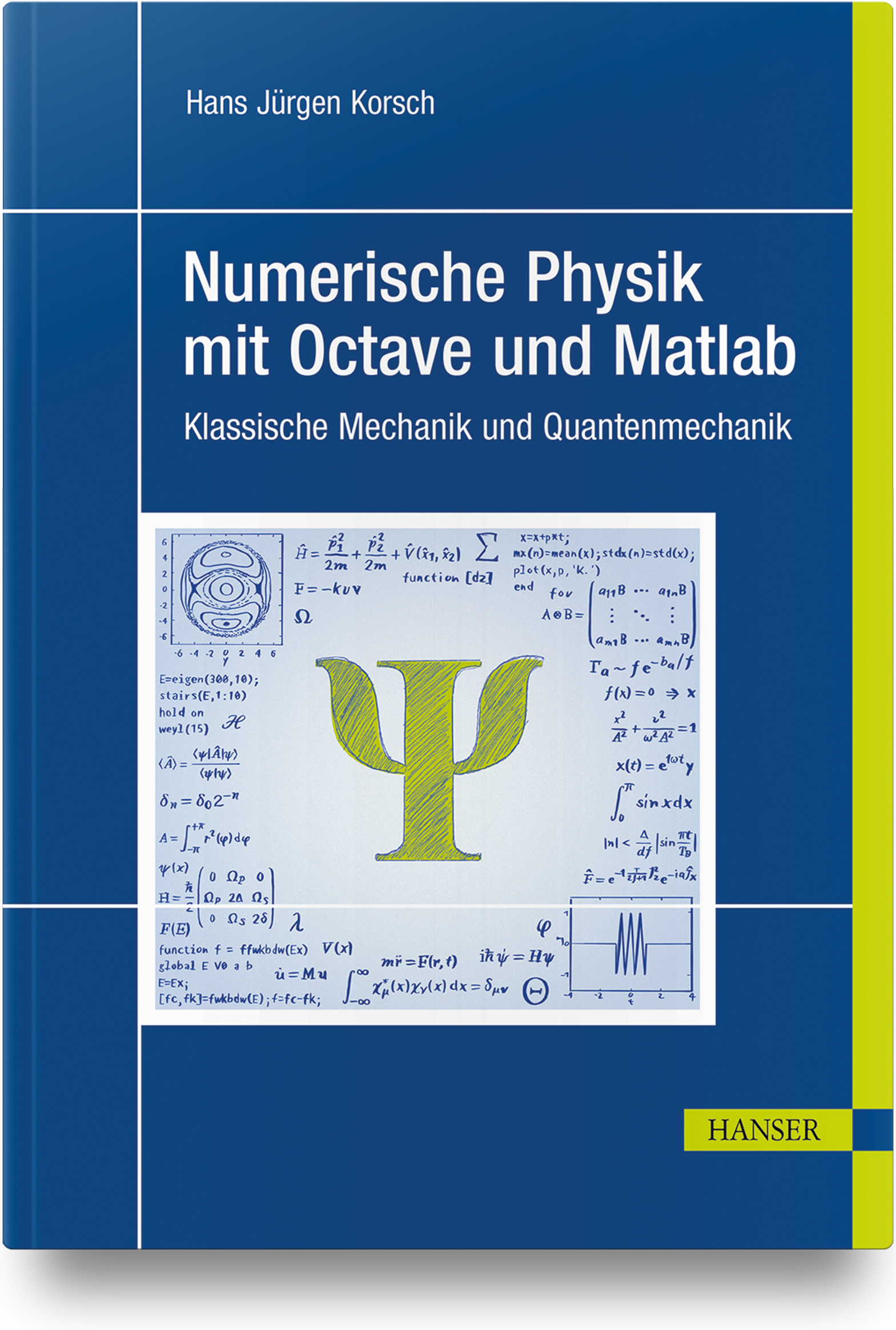Reinforcement of Elastomers by Nanoscaled Fillers
Carbon Black, Silica/Silane, Carbon Nanotubes, and Layered Silicates
- ISBN: 978-1-56990-930-0
- Buchangaben: 1. Edition, 02/2025
688 Pages, PDF
Starting with the manufacture and characterization of the fillers, the main factor determining the reinforcement is the rubber–filler interaction, which is discussed in detail and is the parameter part for the reinforcement of elastomers. The filler dispersion and distribution depend on the mixing procedure, the type and content of the filler, the nature of the polymer, and the presence of plasticizer. The rheological behavior and the vulcanizate properties are discussed comprehensively according to their different activity and the aspect ratio of the filler. Examples are given from tire compounds and from technical rubber goods.
Advantages of the functionalization of fillers and the polymers are also presented. The importance of wet compounding is shown in dynamic and ultimate properties. In contrast, carbon nanotubes can form hybrid systems with carbon black or silica and are suitable for special applications like anisometric orientations, increase of tear energy, and reducing cut growth resistance of the compound. Exfoliated layered silica gives excellent barrier properties.
Starting with the manufacture and characterization of the fillers, the main factor determining the reinforcement is the rubber–filler interaction, which is discussed in detail and is the parameter part for the reinforcement of elastomers. The filler dispersion and distribution depend on the mixing procedure, the type and content of the filler, the nature of the polymer, and the presence of plasticizer. The rheological behavior and the vulcanizate properties are discussed comprehensively according to their different activity and the aspect ratio of the filler. Examples are given from tire compounds and from technical rubber goods.
Advantages of the functionalization of fillers and the polymers are also presented. The importance of wet compounding is shown in dynamic and ultimate properties. In contrast, carbon nanotubes can form hybrid systems with carbon black or silica and are suitable for special applications like anisometric orientations, increase of tear energy, and reducing cut growth resistance of the compound. Exfoliated layered silica gives excellent barrier properties.
Prof. Dr. Robert H. Schuster is retired Professor at the University of Hanover. He has taught at several institutes worldwide, holds 430 publications, and has won the Melwin Mooney Distinguished Award from the ACS Rubber Division and the Carl Harries Award Medal from the German Rubber Society.
Prof. Dr. Robert H. Schuster is retired Professor at the University of Hanover. He has taught at several institutes worldwide, holds 430 publications, and has won the Melwin Mooney Distinguished Award from the ACS Rubber Division and the Carl Harries Award Medal from the German Rubber Society.
Carl Hanser Verlag GmbH & Co KG
Kolbergerstr. 22
81679 München
E-Mail: info@hanser.de
Sicherheitshinweis entsprechend Art.9 Abs. 7 Satz 2 GPSR entbehrlich
Carl Hanser Verlag GmbH & Co KG
Kolbergerstr. 22
81679 München
E-Mail: info@hanser.de
Sicherheitshinweis entsprechend Art.9 Abs. 7 Satz 2 GPSR entbehrlich





